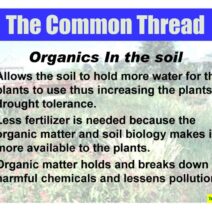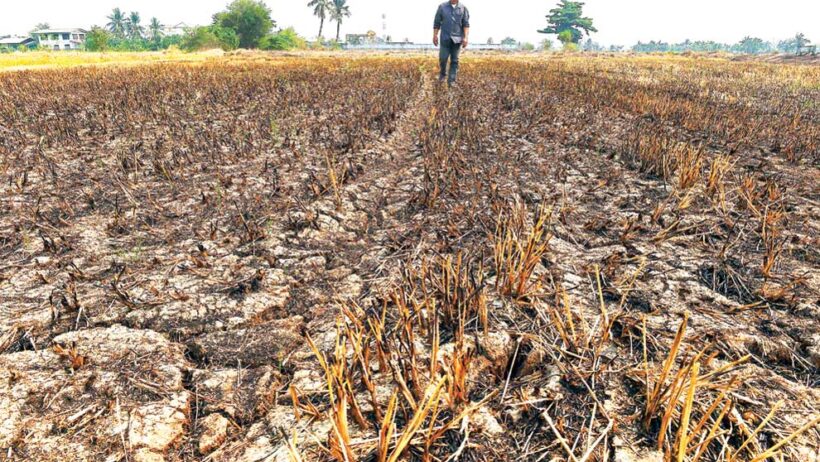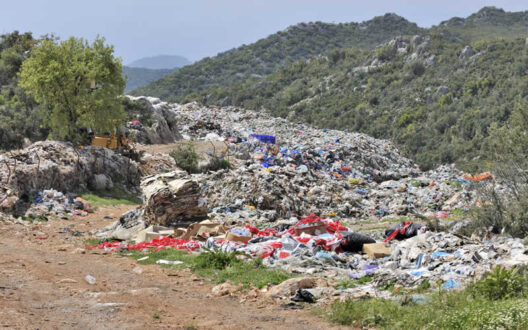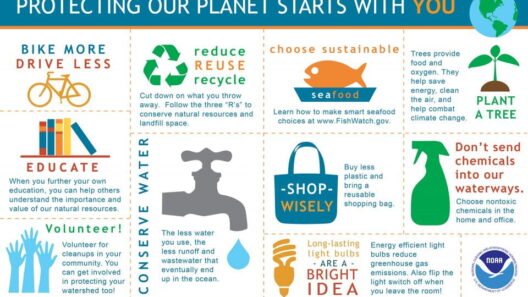Rice is a staple food for more than half of the world’s population. However, the cultivation of rice is not without its environmental consequences. One significant issue is the role that rice fields and paddies play in contributing to global warming. Understanding this impact requires a comprehensive examination of agricultural practices, methane emissions, and the broader climate challenge we face.
Rice is primarily grown in flooded fields, also known as paddies. This method, while effective for rice cultivation, creates anaerobic conditions, meaning that the soil lacks oxygen. These conditions lead to biochemical reactions that produce methane, a greenhouse gas 25 times more potent than carbon dioxide over a 100-year period. Methane is formed by methanogenic bacteria that thrive in waterlogged environments and are particularly active during the decomposition of organic material, which is abundant in rice paddies.
The production of methane from rice cultivation has been estimated to account for 10% to 12% of total global methane emissions. This is alarming, considering that methane is a significant contributor to climate change. Addressing this challenge is essential for mitigating global warming. Nevertheless, the solution is multifaceted and requires the cooperation of farmers, researchers, and policymakers globally.
Water management is one of the crucial factors affecting methane emissions from rice paddies. Traditional practices involve continuous flooding of fields, which may be a significant contributor to the intense methane production. However, alternate wetting and drying (AWD) is being promoted as a more effective water management strategy. With AWD, fields are irrigated in cycles that allow for brief periods of dryness. This change not only minimizes methane emissions but also enhances water use efficiency and improves rice yield in many cases.
Moreover, the introduction of improved rice varieties that require less water can significantly reduce the methane output as well. Varieties that are less dependent on flooded conditions can be cultivated in drier environments, ultimately decreasing the anaerobic decomposition of organic material in the soil.
Fertilizer use in rice production also plays a pivotal role in greenhouse gas emissions. The nitrogen fertilizers commonly applied can lead to increased nitrous oxide emissions, another potent greenhouse gas. This complicates the climate challenge associated with rice cultivation. A more refined application of fertilizers, including precision agriculture techniques, can be an effective way to minimize nitrous oxide emissions and boost overall fertilizer efficiency. The practice promotes optimal nutrient application, ensuring that crops receive appropriate nourishment without over-fertilization.
Additionally, the management of organic residues is crucial. When post-harvest rice straw is burned or left to decompose unnaturally, it contributes to carbon dioxide, methane, and other greenhouse gas emissions. Instead of traditional burning, practices such as incorporating rice straw into the soil can enhance soil fertility and promote healthier growth of subsequent crops while also reducing greenhouse gas emissions. Agroecological approaches, which emphasize sustainable farming practices, can be critical in reversing some of the adverse effects of rice production on climate change.
The socioeconomic dimension of rice farming cannot be ignored. Shifting practices may meet resistance from smallholder farmers who rely on conventional methods. Education and incentive programs need to be established to support farmers in transitioning to more sustainable farming methods. Collaboration among agricultural scientists, governments, and farmers is vital to introduce innovative technologies and promote sustainable agriculture that aligns with environmental goals.
Research and development play an invaluable role in this transition. Continued biological and agronomic research will help identify new technologies and practices that mitigate greenhouse gas emissions in rice cultivation. Genetic improvements, such as the development of rice cultivars that emit less methane or are resistant to pests and diseases, can also support a more sustainable agricultural model. These innovations will help meet the dual challenge of increasing food production while simultaneously reducing the environmental impact of farming.
Furthermore, policy initiatives at the national and international levels are crucial in this endeavor. Governments need to formulate and support policies that promote sustainable agriculture. Incentives for farmers who adopt more environmentally friendly practices can stimulate shifts in agriculture. Implementing carbon pricing mechanisms can also provide a financial rationale for reducing greenhouse gas emissions, making climate-conscious farming strategies more appealing.
The agricultural sector, particularly rice cultivation, is at a crossroads. The demands of an ever-growing population necessitate increased rice production, yet the potential adverse effects on the climate cannot be ignored. Addressing these issues will not only contribute to a more resilient food system but will also help mitigate the impacts of climate change. Through sustainable farming practices, improved water management, and the integration of science and policy, it is possible to diminish the contribution of rice fields and paddies to global warming.
Ultimately, the path forward must involve a collaborative approach where farmers, scientists, policymakers, and consumers unite in a shared vision for sustainable rice production. By enhancing agricultural practices, we can seek to ensure that rice remains a viable staple food, while also protecting our planet from the severe repercussions of climate change.







